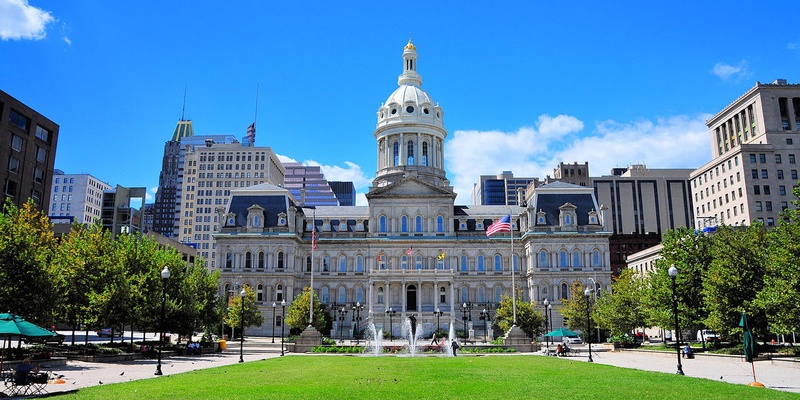Baltimore’s open (but not current) police data

The death of Freddie Gray in Baltimore captured the nation’s attention and brought up questions of police misconduct in the city. The answers to these questions demand access to police data, and drew us here at Sunlight to look closely at the Baltimore Police Department’s (BPD) open data offerings and beyond, in line with the work of our new criminal justice project.
Concerns with BPD’s use of force are not new; this past September, The Baltimore Sun examined Baltimore City’s poor police-community relations and extensive payouts over use-of-force lawsuits.
BPD makes publicly available a variety of datasets and tools for general use on its site. (You can also find these same datasets on Data.gov!) These include a Community Crime Map tool, weekly crime statistics as well as weekly-updated incident, arrest, use-of-force and curfew violation datasets available in a variety of open formats. BPD even makes these same datasets available through OpenBaltimore’s API. BPD’s open data offerings are certainly above average, even for a large police department like Baltimore, but they are not without their flaws.
We were most interested in the use-of-force data published by BPD, but quickly found that they left much to be desired. BPD established its Force Investigation Team in January 2014 to review incidents in which any officer uses force that requires an individual’s admission to a hospital. While BPD’s transparency efforts are commendable, there is little to be gleaned from the data aside from the event date, location and type of force used.
Ideally, these data would contain information such as the type of incident the officers being investigated responded to, demographic information about those involved and the results of the internal investigation. However, the data include only limited details about the nature of the department’s response — events are mapped via the city’s open data portal, where shootings and homicides are color-coded accordingly. For some events in 2014, the data appear to be linked to reports from the Use of Force Review Board, theoretically providing useful context. Unfortunately, many of these links are broken.
We also found that many of BPD’s datasets are not updated as regularly as noted on its website. BPD’s incident, arrest, curfew violation and executive summary datasets are supposed to be updated each Thursday, however, only the arrest data is up to date. These data contain de-identified reports with information on the gender, age and race of every individual booked by the department. Over the course of 2013 and 2014 cumulatively, African-Americans made up 81.7 percent of those arrests. Census data from 2013 show that 63.3 percent of Baltimore residents are African-American, while 31.6 percent are white.
Incident data and weekly executive summary reports have not been updated since February and March, respectively. When we attempted to visit the curfews dataset, the dataset that records violations of Baltimore’s juvenile curfew law, we received the following JSON where the data could not be found:
{
"code" : "dataset.missing",
"error" : true,
"message" : "Not found",
"data" : {
"id" : "wq8w-uyxc"
}
}Furthermore, the Governor’s Office of Crime Control and Prevention in Maryland publishes traffic stop data reports aimed at providing information about the pervasiveness of racial profiling. Statewide traffic stop data from 2013 show that African-Americans accounted for 39.5 percent of stops and 30.1 percent of the 2013 census population, while whites accounted for 47.2 percent of stops and 60.5 percent of the population.
The local breakdown of traffic stops reveals that 17.1 percent of all stops in Maryland were conducted in Baltimore City. Unfortunately, no demographic data for local agencies are available in the report, and raw traffic stop data are not made public.
More recently, the governor’s office has begun to provide reports on criminal citations as a result of the 2012 passage of SB 422, which requires law enforcement agencies to report certain information on all criminal citations issued. In 2013, 56.7 percent of citations statewide were issued to African-Americans, while 36.6 percent were issued to whites.
Over a quarter of all citation data — which includes information on the race of individuals cited for misdemeanors carrying a penalty of 90 days or less of jail time — attributes its origins to Baltimore City. Much like the state’s traffic stop data, though, statistics on the race of those cited are not made available on the local level.
Interested in exploring the data yourself? All of the datasets mentioned above can be found in our criminal justice data inventory, along with datasets from 30 states and counting. And, if there’s something we missed, please let us know!

